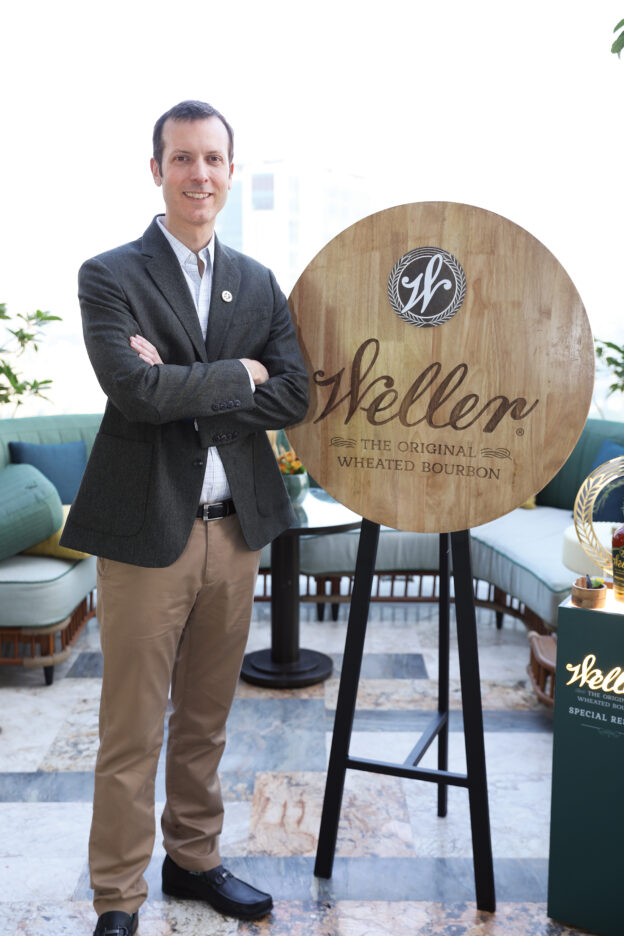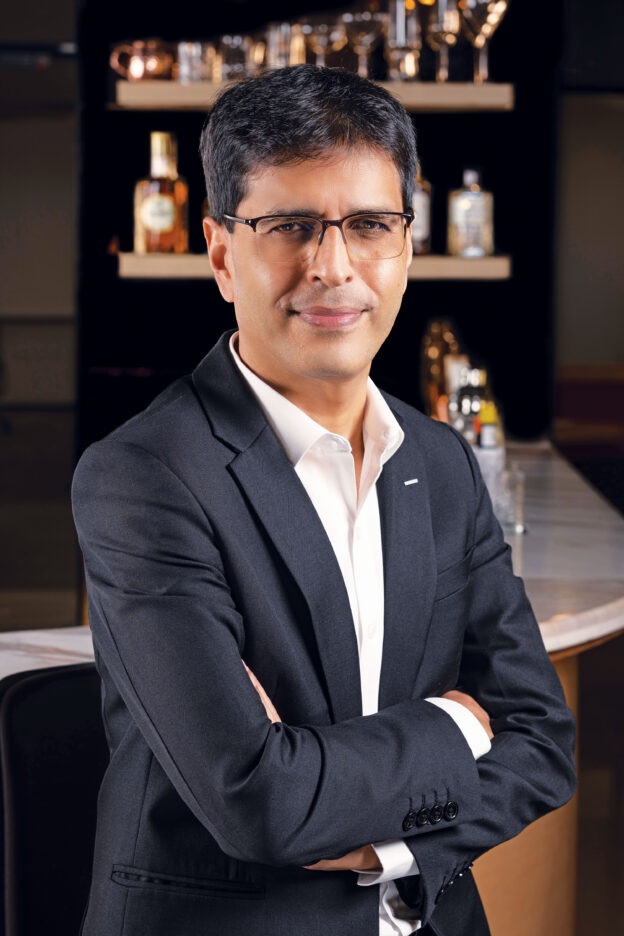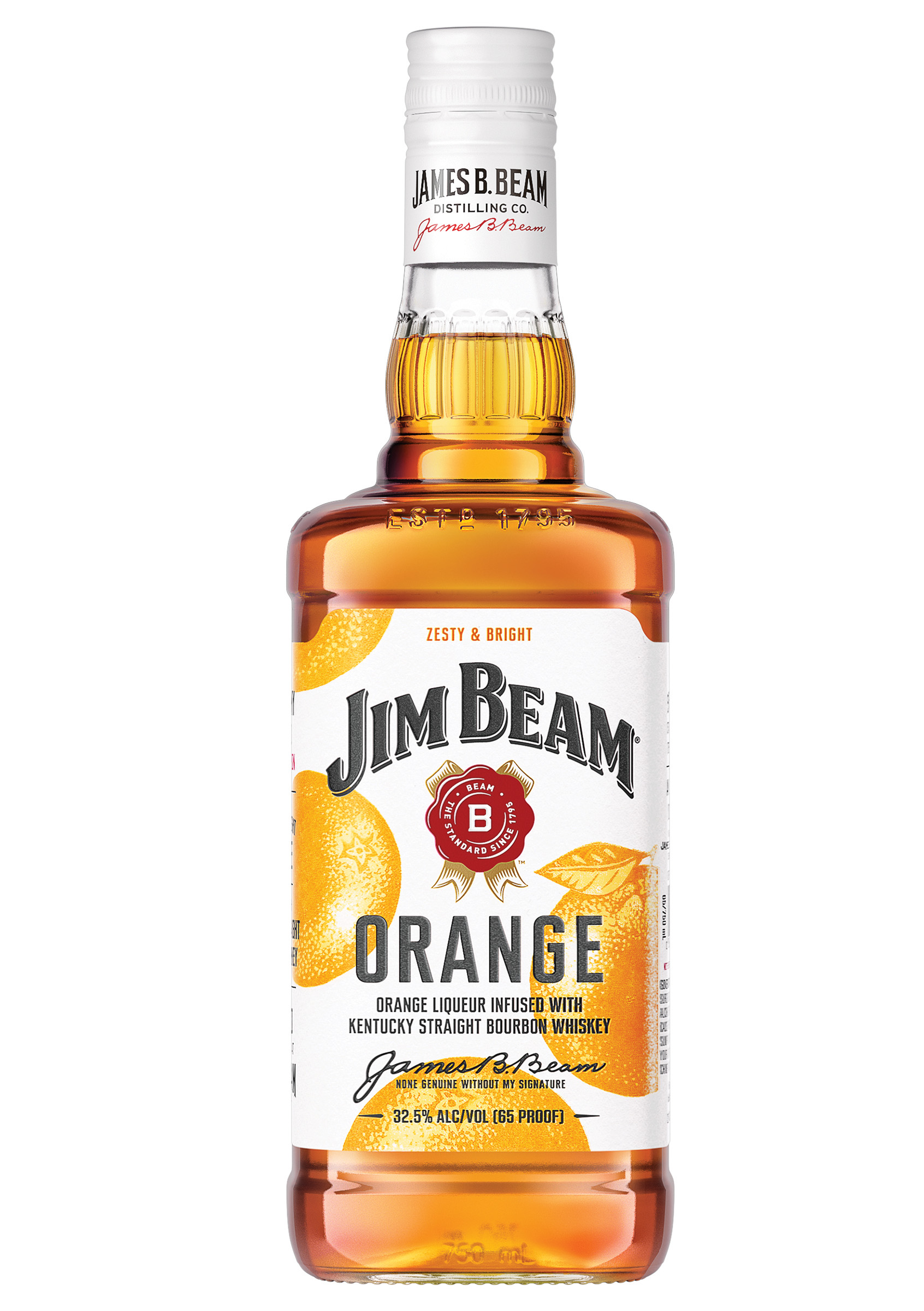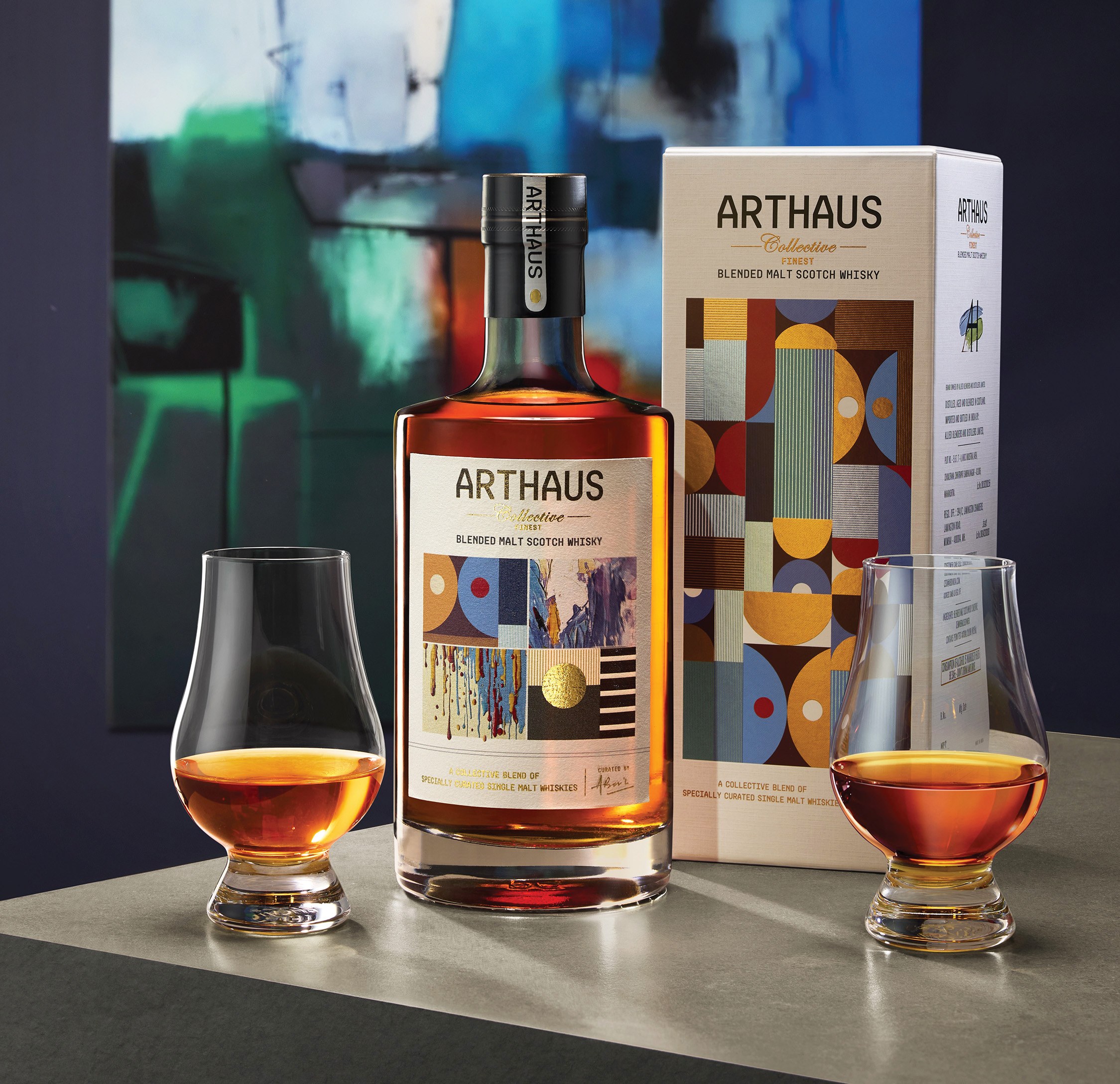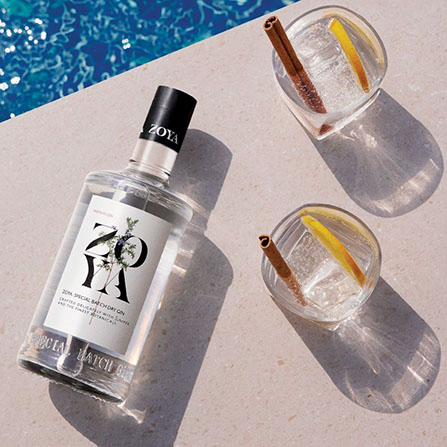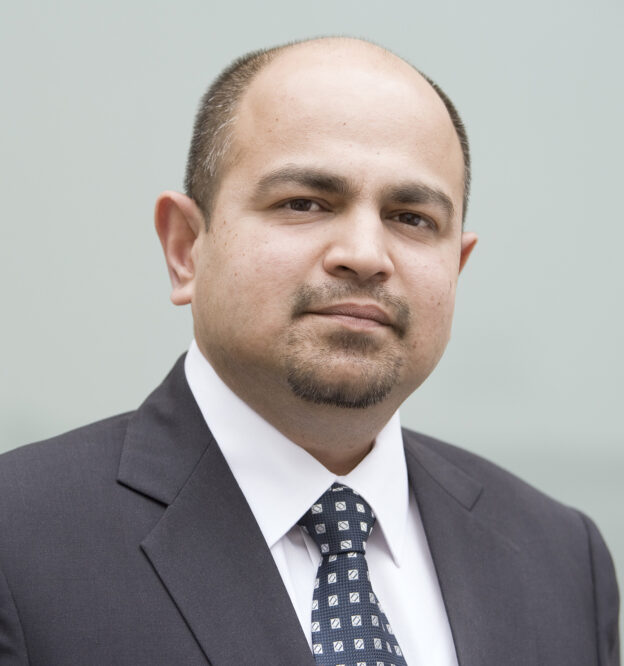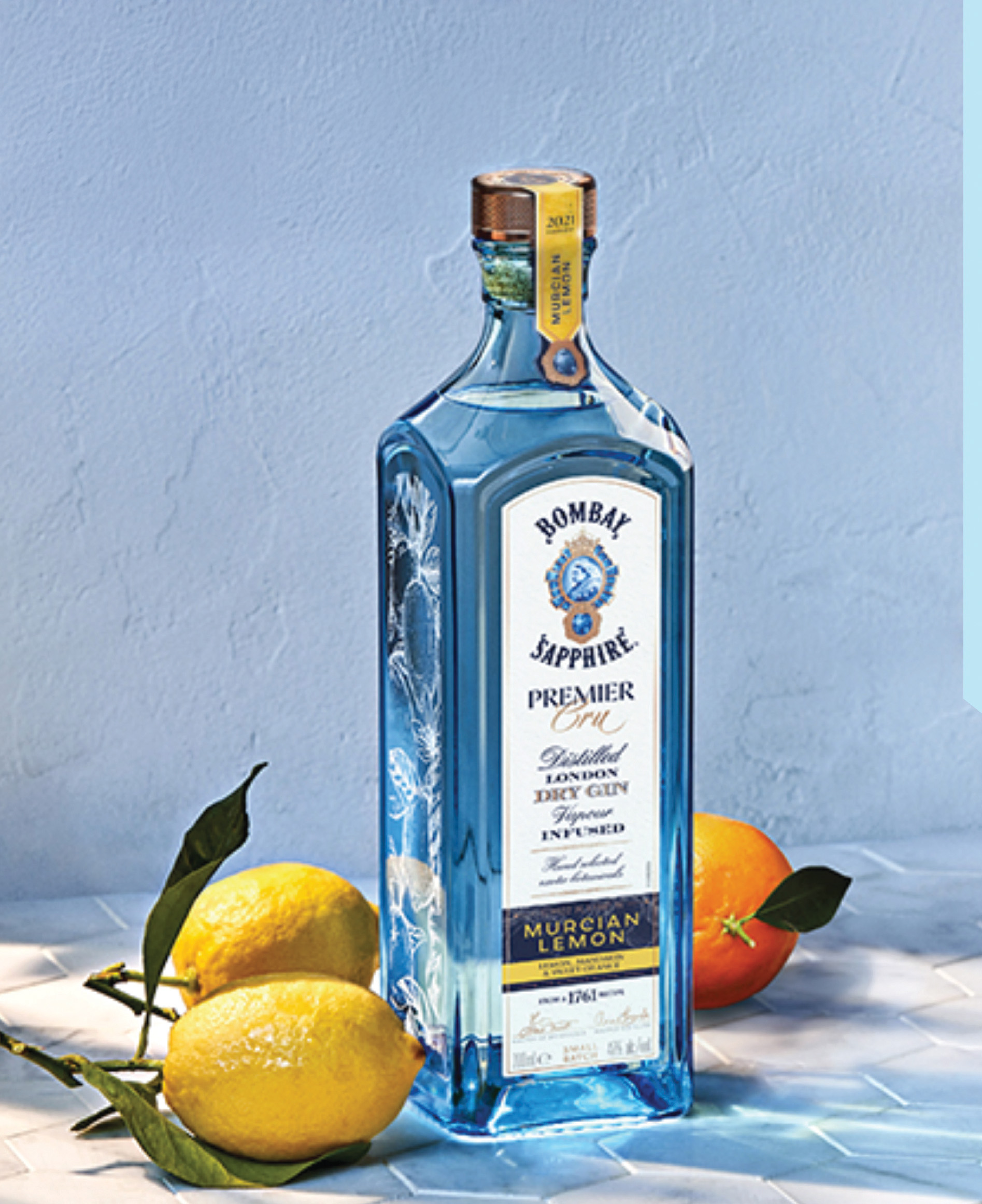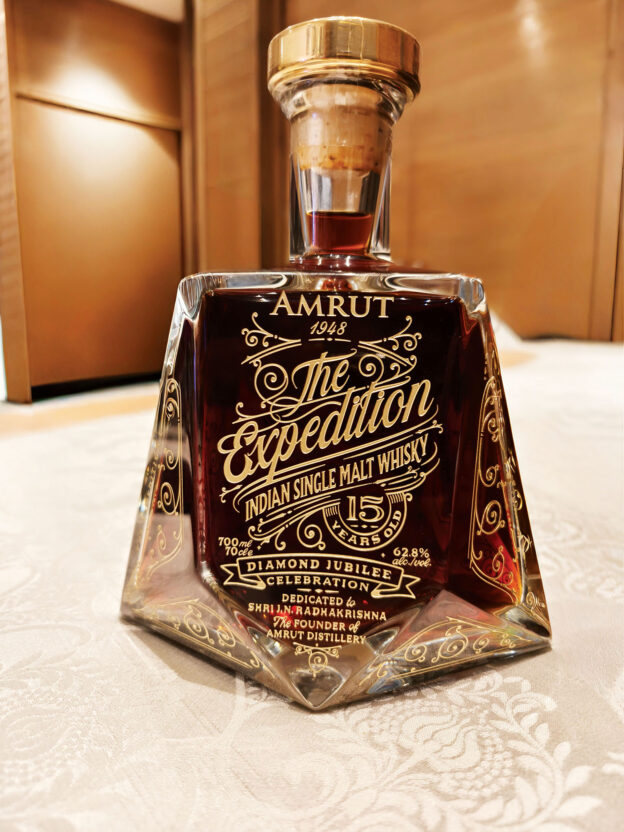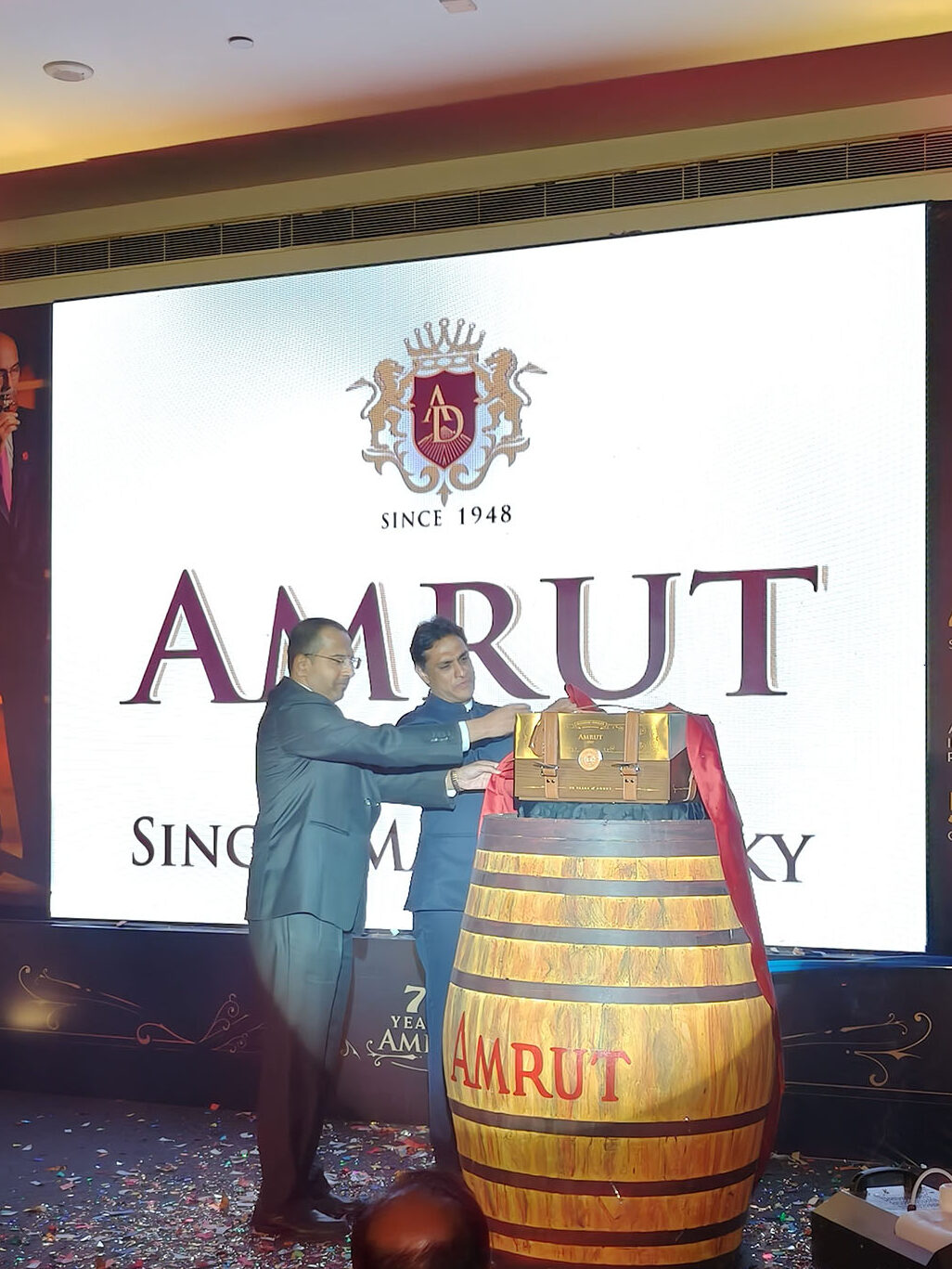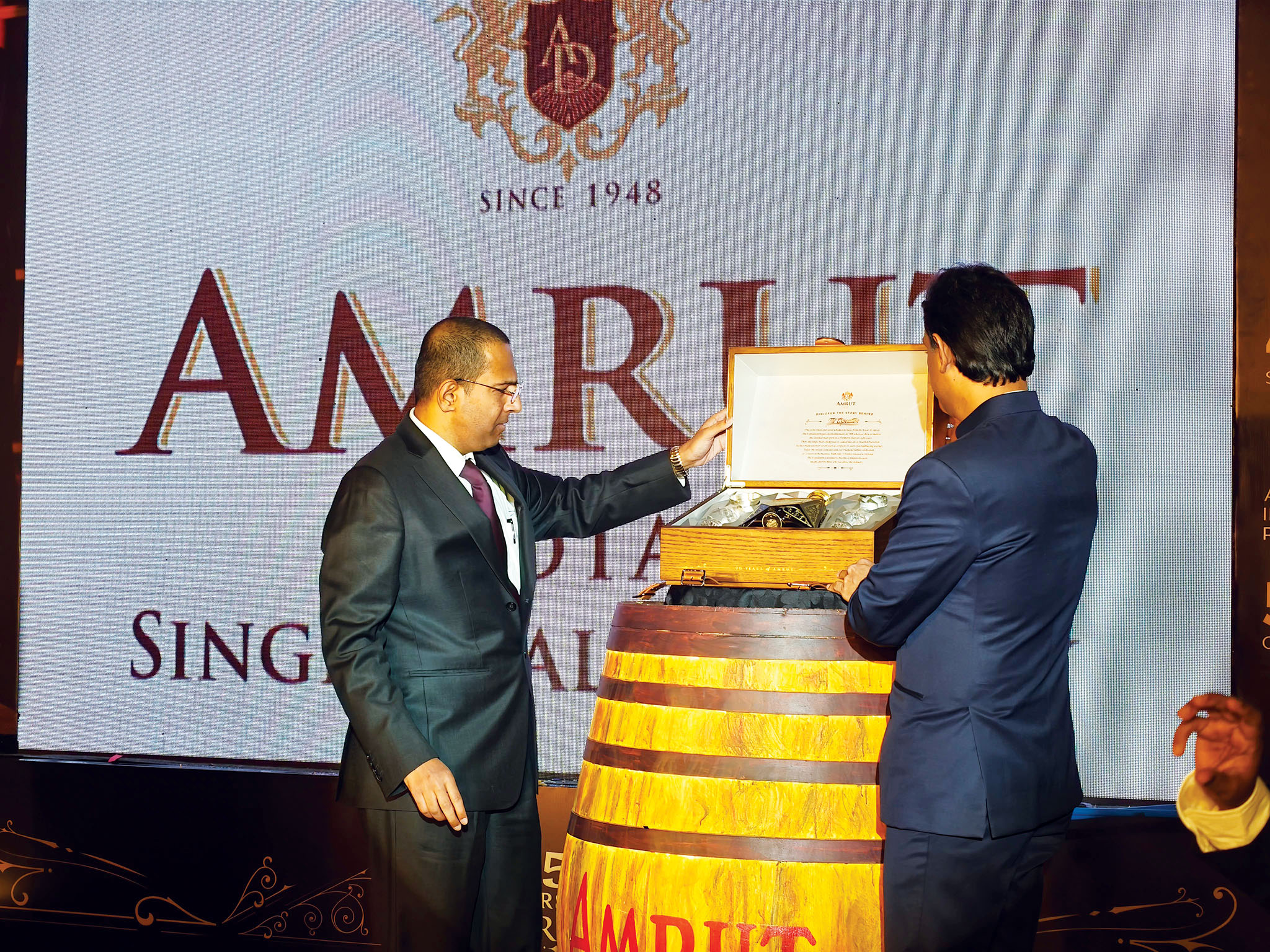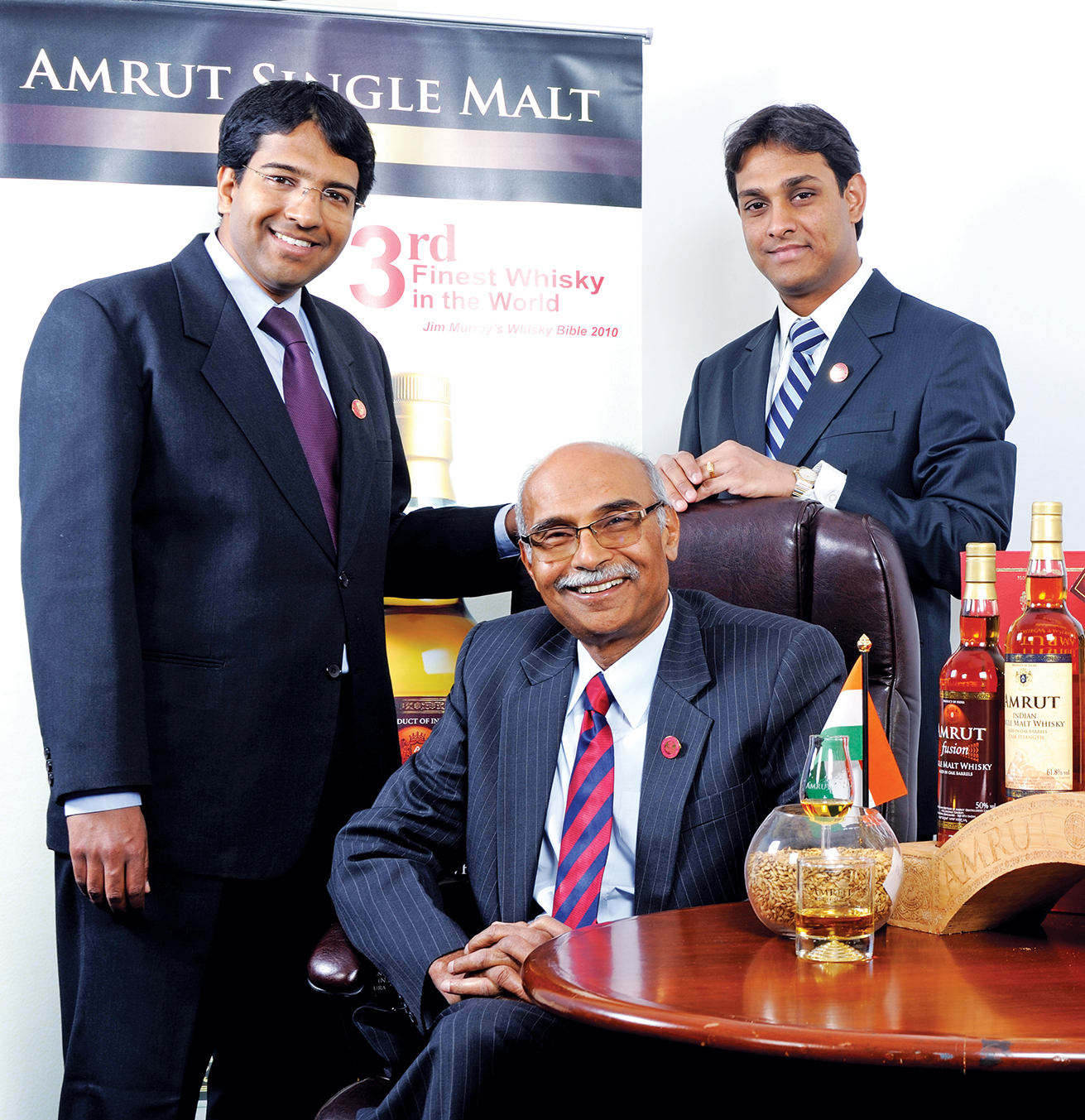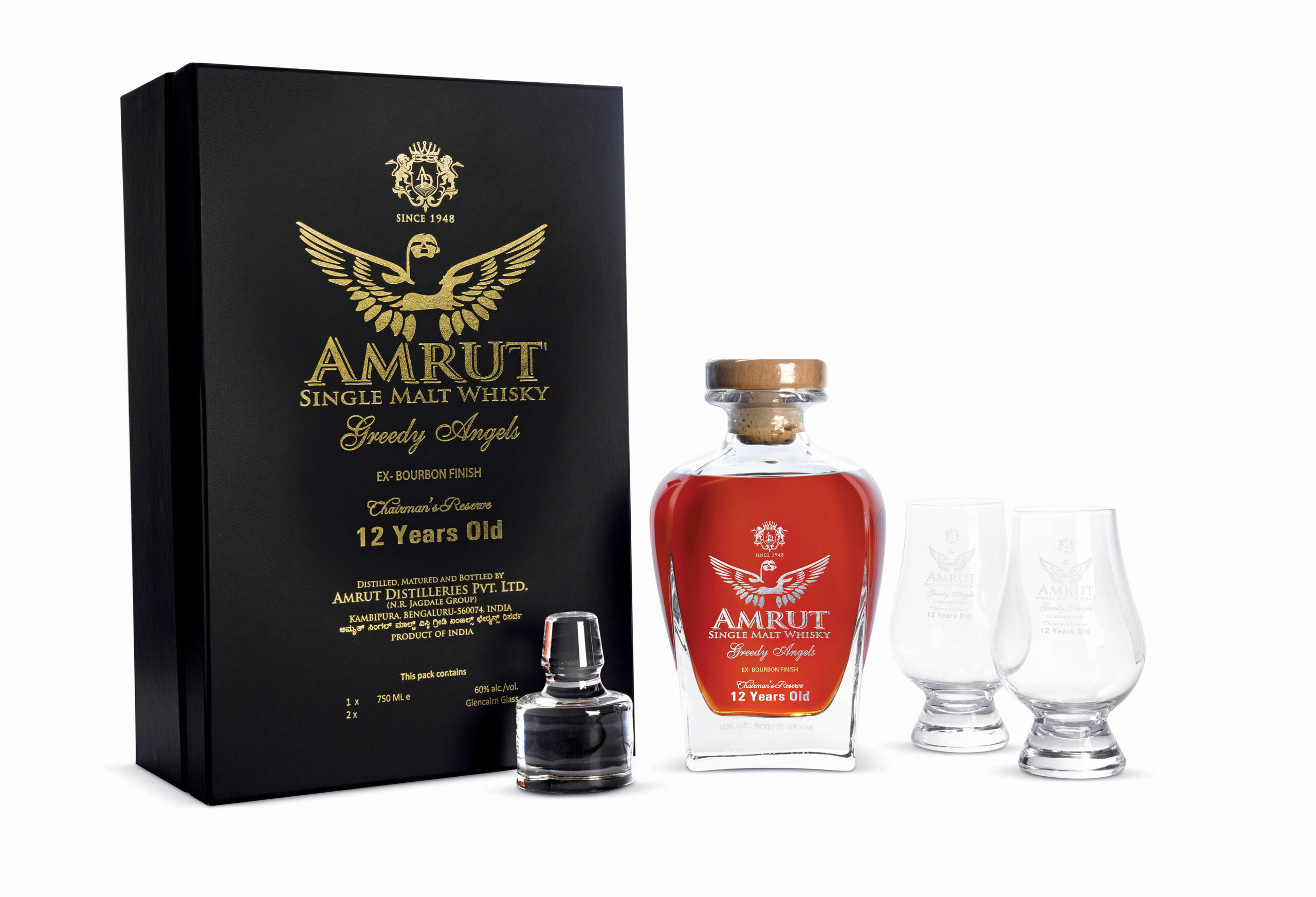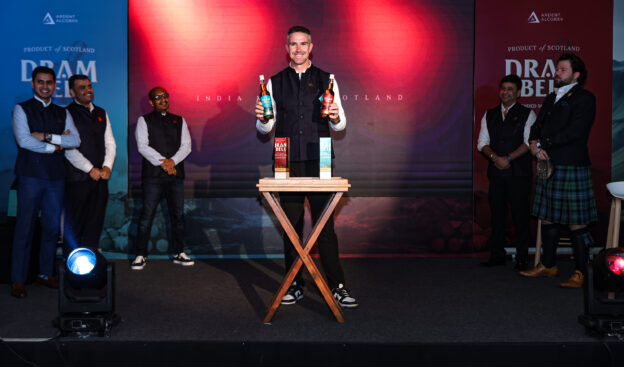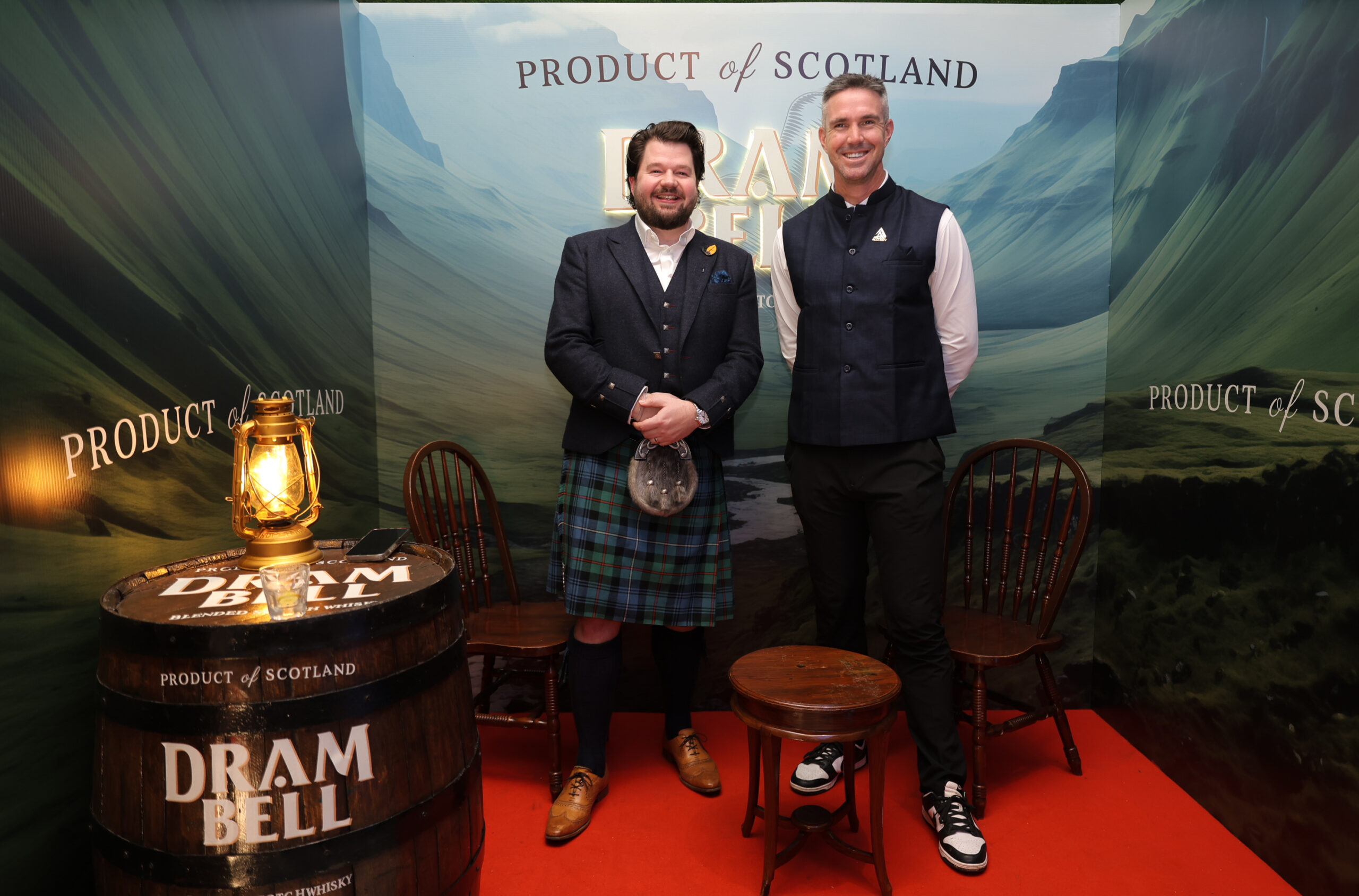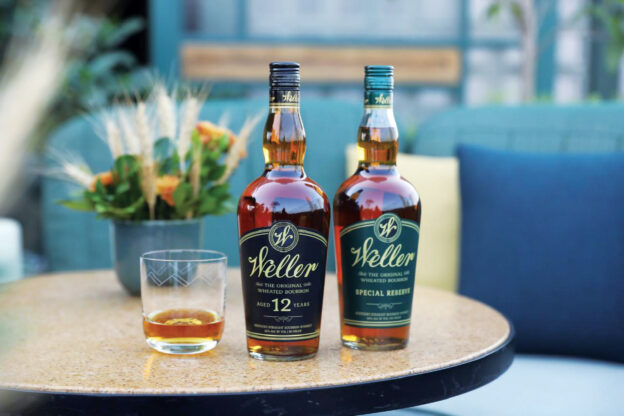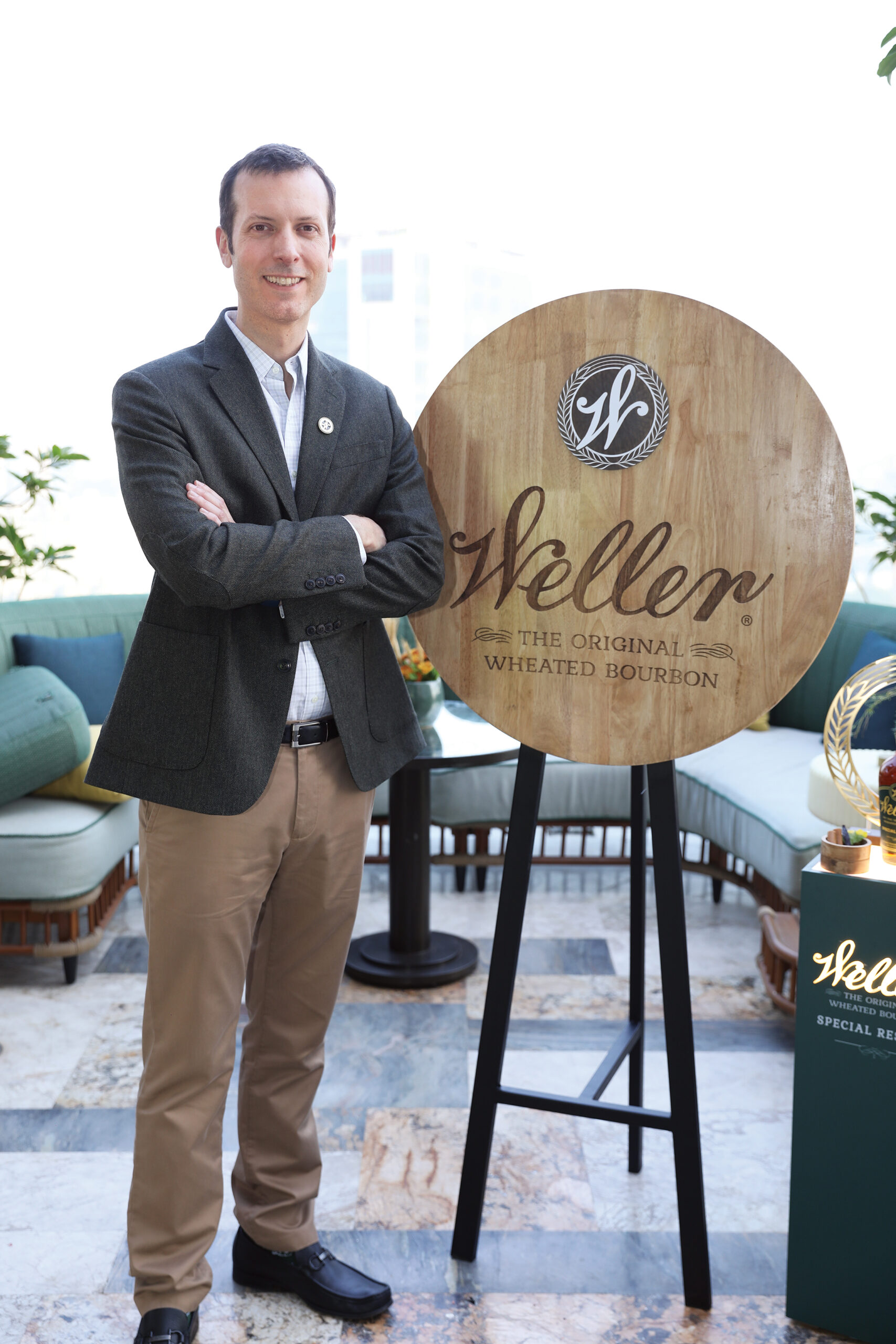The Sazerac Company, one of the world’s largest distilled spirits companies, has major plans for India. The company which has got some fine distilleries across the globe, including in Goa, India, continues to expand its business across continents. To know their rich history and strong distilling capabilities, one can visit Buffalo Trace Distillery in Kentucky, United States; at Domaine Sazerac de Segonzac in Cognac, France; and at Paul John Distillery in Goa, India. Sazerac has additional impressive locations in New Orleans, Montréal, London, Cork and Sydney, to name a few. Sazerac, a family-owned company with nearly 400 years of history, is striving hard to bring the finest spirits to consumers and communities around the world. With renewed interest in Bourbon whiskey in India and Sazerac’s plans, in an interview with Ambrosia, Diego Bianchi, General Manager of Emerging Markets & Barrel Select at Sazerac gives an insight into what is brewing at Sazerac.
What is the potential of the bourbon market in India? What percentage has it been growing in India?
India, as the world’s largest whiskey market, is central to Sazerac’s long-term growth plans. Over the last few years specifically India has experienced an increase in interest in premium American whiskey. The recent launch of Weller Bourbon, one of the most awarded wheated whiskeys in the world, signals Sazerac’s commitment to introducing high-quality, premium spirits to Indian consumers to meet the growing demand in the country. While bourbon as a category is still in its early stages in India, we see tremendous potential for growth driven by favourable economic trends and policy reforms, as well as shifting consumer preferences.
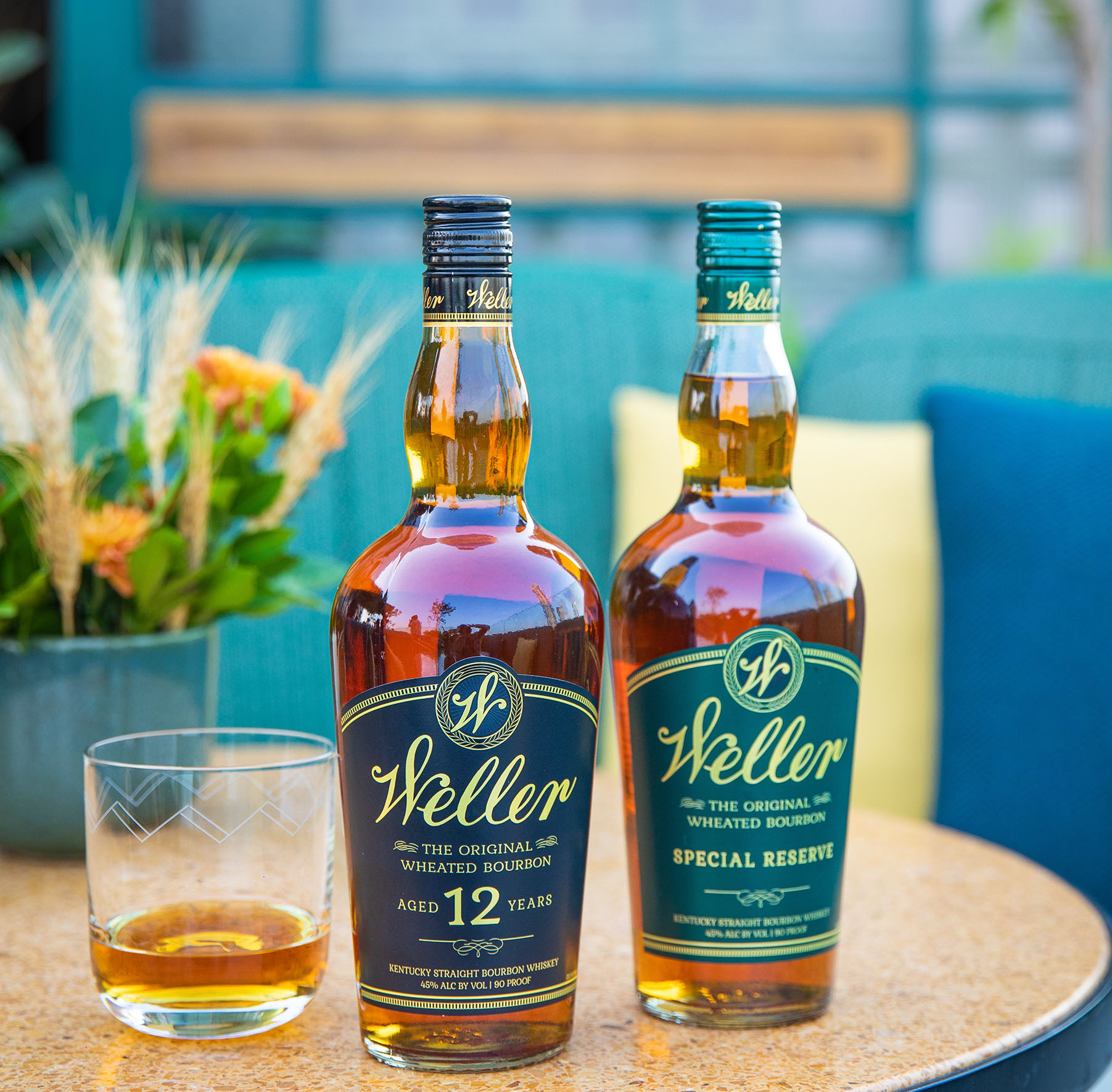
The bourbon market in India is small compared to Scotch, what are the plans to grow this category?
India’s whiskey market, dominated by locally produced spirits and Scotch whisky, offers a unique challenge and opportunity for premium bourbons like Buffalo Trace Distillery’s Weller Bourbon. Buffalo Trace Distillery is the World’s Most Award-Winning Distillery, with over 1,000 accolades. Known for blending tradition with innovation, the distillery experiments with mash bills, barrel techniques, and wood types to continuously push the boundaries of bourbon-making. This commitment to quality and innovation ensures a dynamic and relevant portfolio for global whiskey enthusiasts.
Our goal is to drive awareness and elevate the bourbon category’s premium appeal by introducing interesting and varied expressions into the market. Educating consumers about the unique distillation process and various bourbon mashbills that make bourbon a distinct whiskey offering is a key piece of this.
With India’s premium spirits market poised for continued growth, Weller’s focus on heritage and storytelling, alongside collaborations with connoisseurs and bartenders, is helping position it as a premium yet accessible choice for spirits-enthusiasts.
Which brands of bourbon whiskey are you planning to bring to India?
Currently in India we offer Benchmark Bourbon, Buffalo Trace Bourbon and the recently launched Weller lineup of Weller Special Reserve and Weller 12-Year-Old. In the coming years we expect to continue to introduce Indian whiskey fans to even more of Buffalo Trace Distillery’s award-winning portfolio to meet the market’s increasing demand for luxury spirits and authentic storytelling.
Weller 12-Year-Old Bourbon, aged for over 12 years, offers a smooth, rich experience with notes of almond, creamed corn, and vanilla, best enjoyed neat or on the rocks. Priced at ₹5,400 in Haryana and ₹7,750 in Mumbai, it is India’s oldest age-stated bourbon.
Weller Special Reserve Bourbon features a smooth profile with flavors of honey, butterscotch, and soft wood, complemented by a sweet honeysuckle finish. Versatile for sipping or mixing, it’s priced at ₹2,500 in Haryana and ₹4,500 in Mumbai.
Sazerac is to ‘leverage’ its relationship with John Distilleries, could you explain how?
Sazerac currently holds a 60% stake in John Distilleries, and it has been a strong and productive partnership. John Distilleries’ deep understanding of the Indian market has been invaluable for Sazerac as we navigated India’s dynamic and highly regulated landscape. Through our partnership Sazerac has benefitted from the company’s well of industry knowledge and established practices specific to the Indian market.
With Bourbon duties cut from 150 to 100% in India, will we see a quantum jump in Bourbon sales?
The reduction in duties is a positive first step. We hope this will lead to more premium bourbon brands becoming available in India, helping to grow the category and educate the consumer about what bourbon is and why it deserves a place on their bar.
How will the duty cuts impact the Indian whisky market, per se? Will there be a price correction?
No comment.

